Digital Storytelling Meets Heritage: Birmingham’s AR App Brings Local Legends to Life
Birmingham University, England, Leads AR Innovation in Arts and Humanities Research
Augmented reality is an advanced technology that adds digital elements such as images, sounds or animations onto the real world, usually through a smartphone, tablet or AR glasses. It provides additional information by connecting students to real-world experiences. The educational world is using AR by making learning more interactive and visual. It supports better understanding, encourages curiosity and allows learners to engage with complex ideas in more practical ways.
This potential of AR has now been utilised by the University of Birmingham, by launching a new app which is helping people explore the famous legend of Alderley Edge in Cheshire. The app named Invisible Worlds uses augmented reality to bring stories to life through using sound, images and interactive features. This addition will enrich the experiences of visitors and local communities, enjoying the site in a new way, learning about its history and sharing their own versions of the legend. Moreover, the app is part of a research project that mixes storytelling with modern technology, making it easier for people to connect with the past.
The launch follows a successful pilot version funded by the Arts and Humanities Research Council, which ran between 2022 and 2023. The full version is now available to download on iOS and Android devices. The project is part of wider Birmingham, UK, research innovation and involves collaboration between Birmingham University, England, the University of Lincoln, and the Institute of Historical Research at the University of London, working closely with the National Trust.
Alderley Edge, looked after by the National Trust, is famous for its local myth of a sleeping army buried underneath the hill, protected by an enigmatic wizard. The app has been created to enable users to explore this narrative and upload their own versions, integrating digital storytelling within universities with placemaking and community participation. Birmingham University, England, Professor Victoria Flood, who heads the project and also teaches Early Modern and Medieval Literature, is said to have clarified that the app provides individuals with a novel avenue to access the site's rich history. She is said to have termed Invisible Worlds as a new combination of technology and storytelling in contemporary literature research, allowing users to connect with local stories which have impacted the region for centuries.
The app reportedly contains visions of white horses and wizards, edited soundscapes, and visions of the ancient mining tunnels that lie beneath the site. It also provides insight into the natural history of Alderley Edge and promotes awareness of the necessity for preserving non-built heritage landscapes. Kate Picker, the National Trust's Experience and Visitor Programming Manager, is said to have welcomed the introduction, commenting that the app brings a touch of magic to the visitor experience. She also stated that it provides a new means of investigating the site's stories. The project is also recognised as a top UK university innovation and AR applications in arts & humanities. It also demonstrates how historical research projects in the UK are employing augmented reality for students and communities to interact with heritage in innovative and productive ways.
Editor’s Note
This is precisely the sort of project that demonstrates how storytelling and technology can coexist to enrich heritage. The University of Birmingham’s Invisible Worlds app is a brilliant example of how augmented reality can be used effectively to engage people with history, place and imagination. The app balances innovation with the existing legend of Alderley Edge. Instead of overpowering the narrative with flashy features, it subtly draws users into the story through sound, imagery, and interaction. This gentle approach encourages exploration, contemplation, and even personal contributions to the tale. The app's true strength lies not in direct revelation, but in its ability to foster user participation. It's also great to see a partnership at the core of this work. Backed by the National Trust and other universities, the project is part of a broader passion for the conservation of non-built heritage and opening it up in new ways. This is a good example of UK university ingenuity, and a reminder that arts and humanities research can be just as innovative as science and technology. Additionally, the environmental emphasis of the app is worthy of note. In pointing out the green significance of Alderley Edge, Invisible Worlds steps out of narrative mode, it becomes an instrument of awareness and preservation. This is a welcome exception in digital learning, when cultural and natural heritage tend to be addressed separately. The participation of students, scholars, and local communities also demonstrates how students' augmented reality can extend beyond the classroom. It can become a means of generating shared knowledge, creativity, and community between people and place.
As per Skoobuzz, this project demonstrates that technology in contemporary literature studies doesn't replace tradition but enhances it. When effectively implemented, as seen here, it can enhance the learning experience with a lasting impact and extend it far beyond the digital interface.
FAQs
1. What is the University of Birmingham’s new AR app about?
The University of Birmingham’s new AR app, called Invisible Worlds, helps people explore the legend of Alderley Edge in Cheshire. It uses augmented reality to share stories, sounds, and images linked to the site’s history and landscape. The app is part of a research project that connects storytelling with modern technology.
2. How does the AR app bring the Alderley Edge legend to life?
The app brings the legend to life by showing visions of wizards, white horses, and old mining tunnels. It also plays soundscapes and lets users see and hear parts of the story as they walk around the site. People can even share their own versions of the legend, making the experience more personal and interactive.
3. Which UK universities are using AR for education?
Several UK universities are now using AR in education. The University of Birmingham is leading in this area, especially in the arts and humanities. Others, like the University of Lincoln and the University of London, are also working on AR projects through partnerships and research programmes.
4. Can AR be used in English literature and history studies?
Yes, AR can be used in English literature and history studies. It helps students explore old stories, places, and events in a more visual and hands-on way. For example, AR can show scenes from legends, historical maps, or characters from books, making learning more engaging and easier to understand.
5. Why is the Alderley Edge legend important in UK culture?
The Alderley Edge legend is important because it has been part of local storytelling for hundreds of years. It speaks about a sleeping army, a wise wizard, and magical horses hidden beneath the hill. These stories reflect the region’s history and imagination, and they help people feel connected to the land and its past.







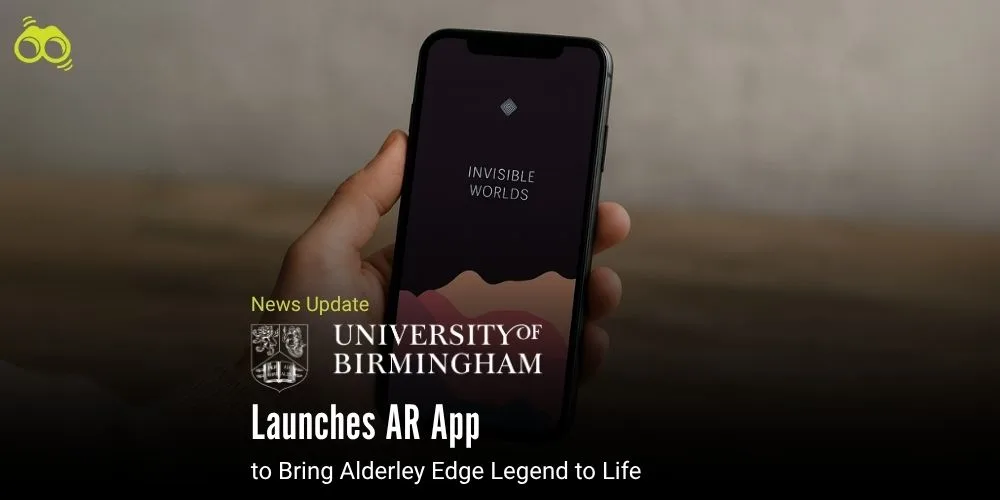

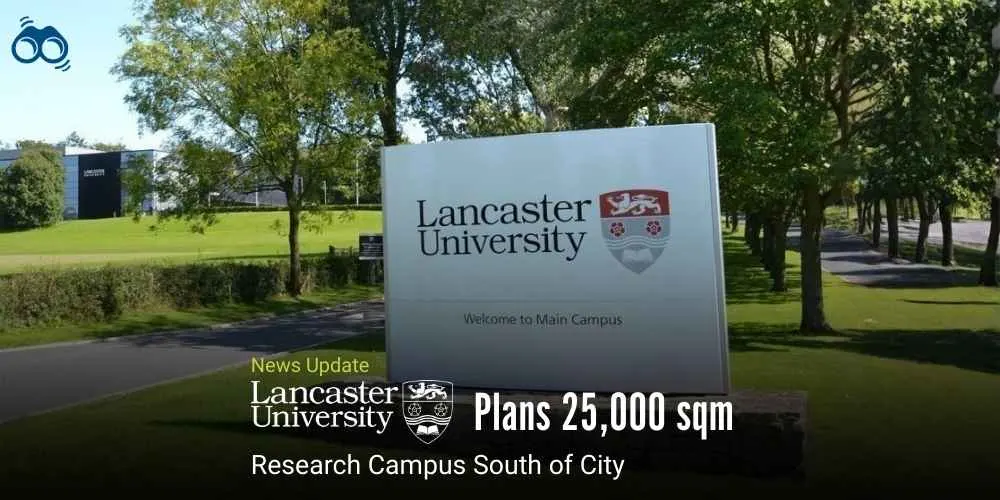
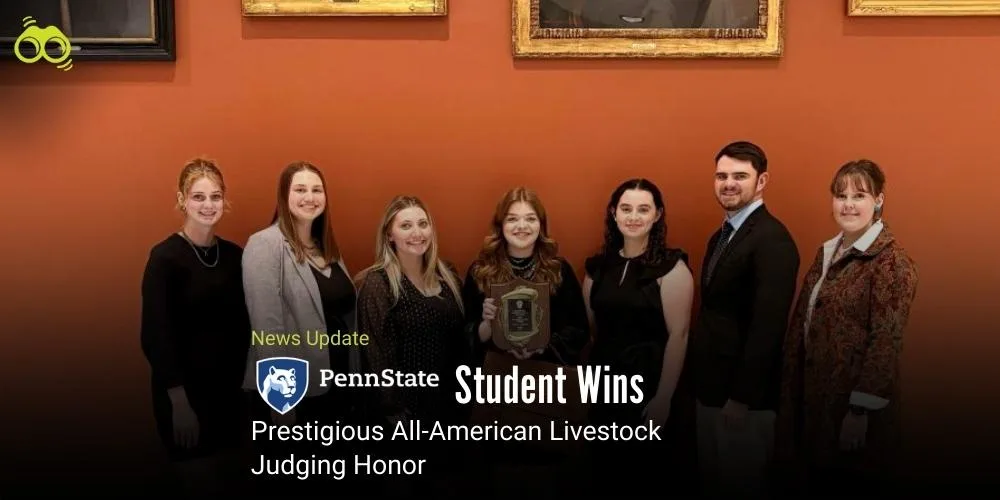
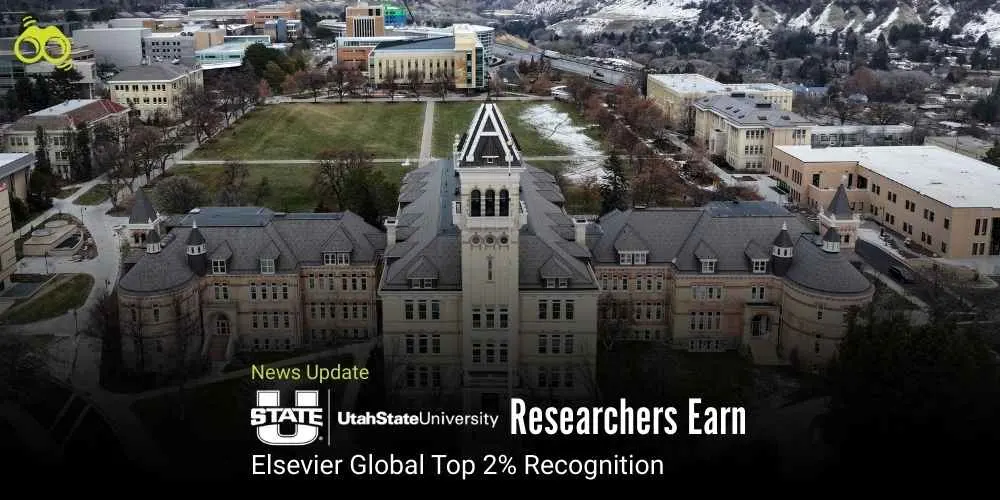
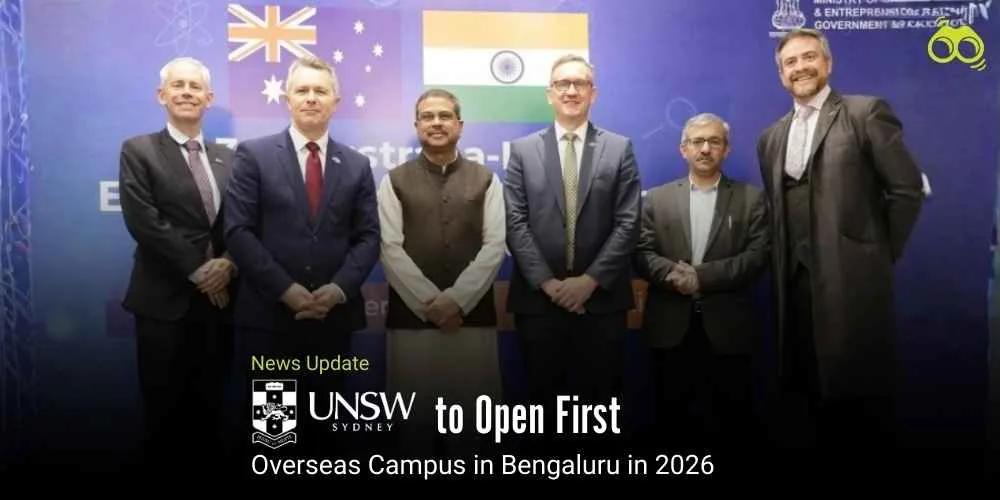

0 Comments (Please Login To Continue)